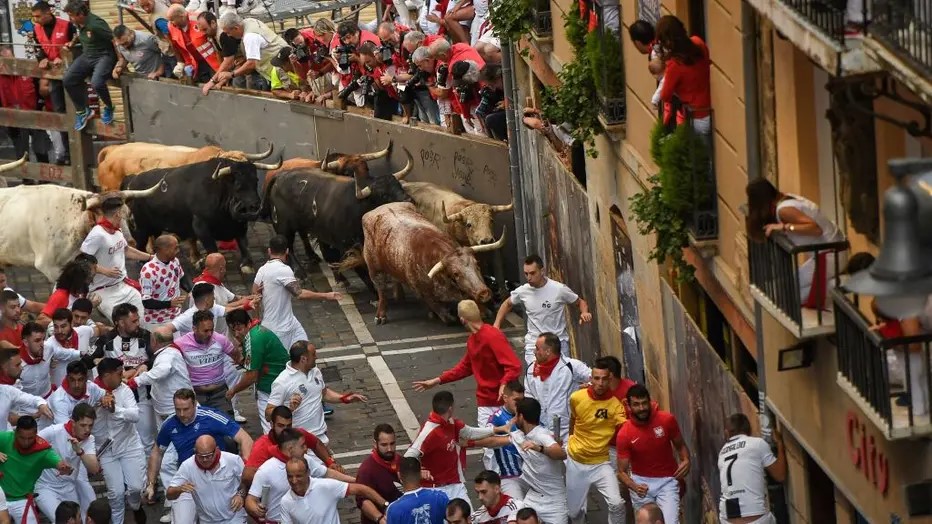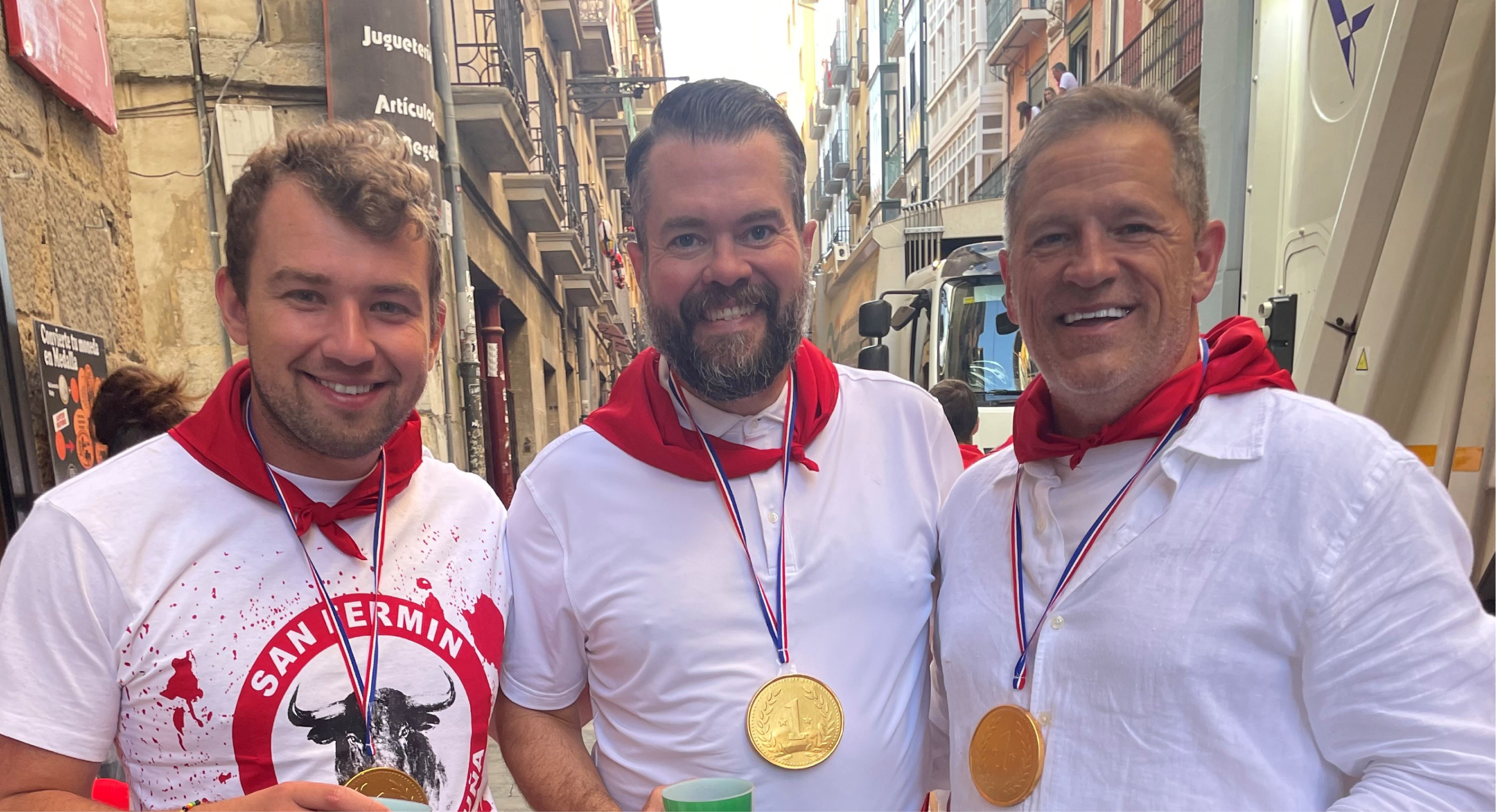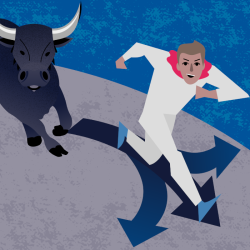From Bulls to Business - Saxon on Risk Management

This is the first in a continuing series of articles profiling OIT’s senior management and their leadership styles. In this article, OIT Deputy Director Bobby Saxon discusses how the skills he learned in the U.S. Army help him handle challenges in the business world and in real life.
When it comes to tackling life’s toughest challenges – both in the business arena and in the arena of life – Bobby Saxon is all about meticulous advance planning, intelligence gathering, prudent risk taking, risk mitigation and preparing for the unexpected.
He learned these core leadership skills during a 33-year military career, and has been applying them at work and in his personal life ever since.
“When you’re dealing with delivering systems that tens of millions of people utilize when it works, it has to be, ‘Of course it does because I expected it to work’,” Saxon says. “And it works because you’ve thought about how to handle risks, you’ve thought about how to build a consensus and collaboration, you’ve thought about who your senior leaders and sponsors would be when you change culture, and when things do go sour you don’t go into a chaotic mode, because you’ve thought about what might happen and how you would respond to that.”
So it’s not surprising that when it came to his ultimate personal bucket list challenge – running with the bulls in Pamplona, Spain last summer – retired Army Colonel Bobby Saxon would leverage the advance planning skills he learned in the military to ensure that he, his stepson, and a friend stayed one step ahead of the charging herd.
Planning for the run started a year ahead of time in the summer of 2021, but it wasn’t like Rocky getting in shape for the big fight.
“I worked out for weeks ahead of time, not on building strength or speed, because you can’t outrun these bulls, and you sure can’t out muscle them,” Saxon says. “It was more about building core strength and agility because those are the skillsets I thought I would need the most on the day of the run.
“If you put that in the context of work projects, we have a tendency sometimes to say ‘Okay, something happened, we’ve got to go.’ What we need to be doing is thinking further in advance; more strategically and visionary. And in this case, running with the bulls employed both visionary thinking and strategic thinking about how to get there, how to participate, how to be safe, and how to come home all together.”
The risks of running with the bulls are formidable. At least 20 people have died in bull-running events in the past eight years, with 478 people injured across Spain during the eight-day event that is staged annually throughout the Valencia region of Spain, according to Reuters.
Yet the statistics have never deterred Saxon from participating in the event. “I’m 60 years old and last summer I said to my wife that bucket list item about running with the bulls is about to fade out,” he says. “I might not have many more years in me to do this. So she said, ‘Let’s do it.’”
So exactly how do you minimize the risks associated with a charging herd of bulls?

“The risk up front of running with the bulls obviously seems like you might easily get gored by a bull and that could potentially be deadly,” Saxon explains. “But in reality there are lots of other risks.’
To mitigate these risks Saxon went to the site a day early to better understand what it takes to successfully navigate up and down this course.
“We walked the entire course as if I was still an Army colonel,” he says. “At every turn and in every place, I discussed with my stepson and friend the possibilities of what might go on in that particular section of the course.
“By doing that, we got a real comfort level with the course itself. It was like a football player in the Super Bowl. If you’ve been out on that field practicing for a few days, you have a comfort level with it and are more likely to perform well. That’s what we did. We re-conned the course itself and determined there was a section of the course where fewer people would be”.
“People weren’t anxious to gather at Dead Man’s Corner,” Saxon says. “So since we knew where the bulls were coming from and what was likely to happen and we looked at videos, it seemed like a great spot for us to be because it would be less crowded, and we could see and experience the excitement of running with the bulls with less risk.”
Saxon and his colleagues took their place in Dead Man’s Corner, and waited for the bulls to appear.
“I waited until I could see the bulls within 30 or 40 yards of me,” he says. “They came running right up that side wall where I was. When they came right at me, I jumped up onto the wall as tight as I could get and they scooted right past me, and all I could think about the whole time was, ‘I am going to get gored.’ When it happened, a guy only about 10 feet in front of me didn’t move out of the way and the bulls ran right over him.”
Saxon says he really wasn’t nervous immediately before the run.
“When the cannons went off and the bulls were released, I just got more excited, not more nervous. The day of the race I had no nerves. In fact, all three of us were as calm as could be because we did our homework and knew what we were doing here, we we’re ready to go and we’re prepared if things go bad. Then the run happened so fast, in the midst of it there’s no time to be afraid. It basically went as we thought it would go. It was fun and exciting, but there was no real chaos for us. ”
The run in Pamplona on July 7 was the focal point of a two-week family trip to Italy and Spain to attend the festival. Would Saxon do it again?
“Absolutely I would,” he says. “It was just an incredible experience. I told my wife this turned out better than I thought. I feel like I’ve still got lots of energy in me. Let’s come back when I hit 65.”

There's No Substitute for Passionate Leadership
While advance planning and risk mitigation are critical components for dealing with life’s challenges, Bobby Saxon says there’s no substitute for leadership passion in any important endeavor and, most especially, during times of great change.
“One of the things about changing culture and getting people to be fans of change is for a senior leader to be passionate about whatever the project is,” he says. “That gives people top cover and some real substance out there. And when people see this they are likely to say, ‘If so-and-so is a fan of this then I should be a fan of this also.’”
When he decided to run with the bulls in Pamplona, Spain, last summer, Saxon used his passion for the event to convince his stepson and a friend to run with him.
“I told them how exciting this was going to be and what a story it would be and how it would be something we would take with us the rest of our lives. They bought into it, loaded their families up, went to Spain, and ran with the bulls with me. That is one aspect of culture change.”

